All Americans have the right to free speech, but the law does impose restrictions. Accordingly, obscene language and materials can be against the law, and may even trigger federal charges depending on the details of the case.
When courts deal with these cases, they apply the Miller test to determine whether obscenity actually played a role. This test applies three guidelines to determine whether a person broke the law or remains within their right to free expression. This guide explains the Miller test and what each aspect of it entails.
Community standards
All portions of the Miller test use the average person as a barometer. In the first guideline, the test asks if an average person would find the language or materials in question prurient according to prevailing community standards. Prurient refers to an excessive interest in sexual behaviors in a way that is unhealthy or abnormal. Again, the basis of this judgement is prevailing community standards.
Offense
Next, the test asks whether an average person would find the materials “patently offensive”. This typically centers on sexual acts but can also involve other similarly offensive or obscene acts. In this case, the material may present pictures of said acts or include descriptions. Both are possible violations of the law if the materials are offensive.
Value and merits
Finally, the court must determine whether the materials have any value or merit. This includes artistic merit, such as works of art or fiction. However, the material can also have political merit, which might be the case with certain types of satire, or scientific merit, which is necessary for teaching or educational purposes.
Understanding obscenity laws is crucial should you face charges. Because there is a fine line between obscene and lawful materials, you must know relevant laws and guidelines.

